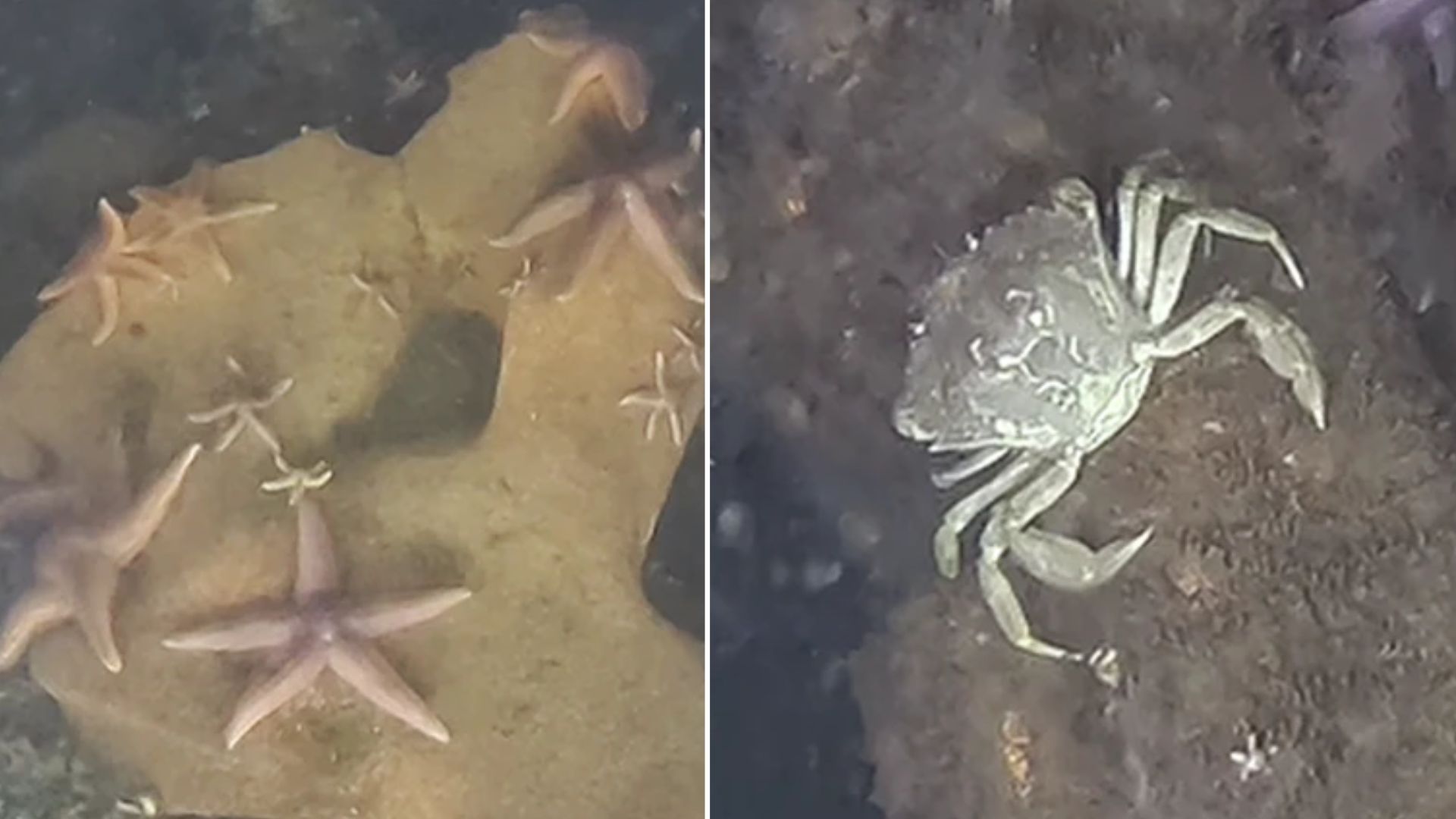World War II weapons dump site turns into surprising refuge for sea creatures

Source: interestingengineering
Author: @IntEngineering
Published: 9/26/2025
To read the full content, please visit the original article.
Read original articleA recent study has revealed that World War II weapons dumped in the Baltic Sea, particularly V-1 flying bomb warheads, have unexpectedly become thriving habitats for marine life. Using an underwater submersible, researchers discovered dense communities of crabs, worms, anemones, starfish, and fish living on these war relics, with about 43,000 organisms per square meter on the warheads compared to only 8,200 per square meter in the surrounding seabed. Despite the presence of toxic explosives like TNT and RDX, marine species appear to tolerate these compounds, likely because they colonize the metal casings rather than the explosive material itself. The hard surfaces provided by the warheads offer rare attachment points in the Baltic Sea, where natural hard substrates are scarce due to historical removal of stones and boulders.
The site’s relative isolation from human activity, caused by chemical contamination, has created a protective environment for these benthic communities, effectively turning a toxic weapons dump into a
Tags
materialsmarine-biologyenvironmental-sciencetoxicologyunderwater-ecologyhabitat-restorationmetal-substrates